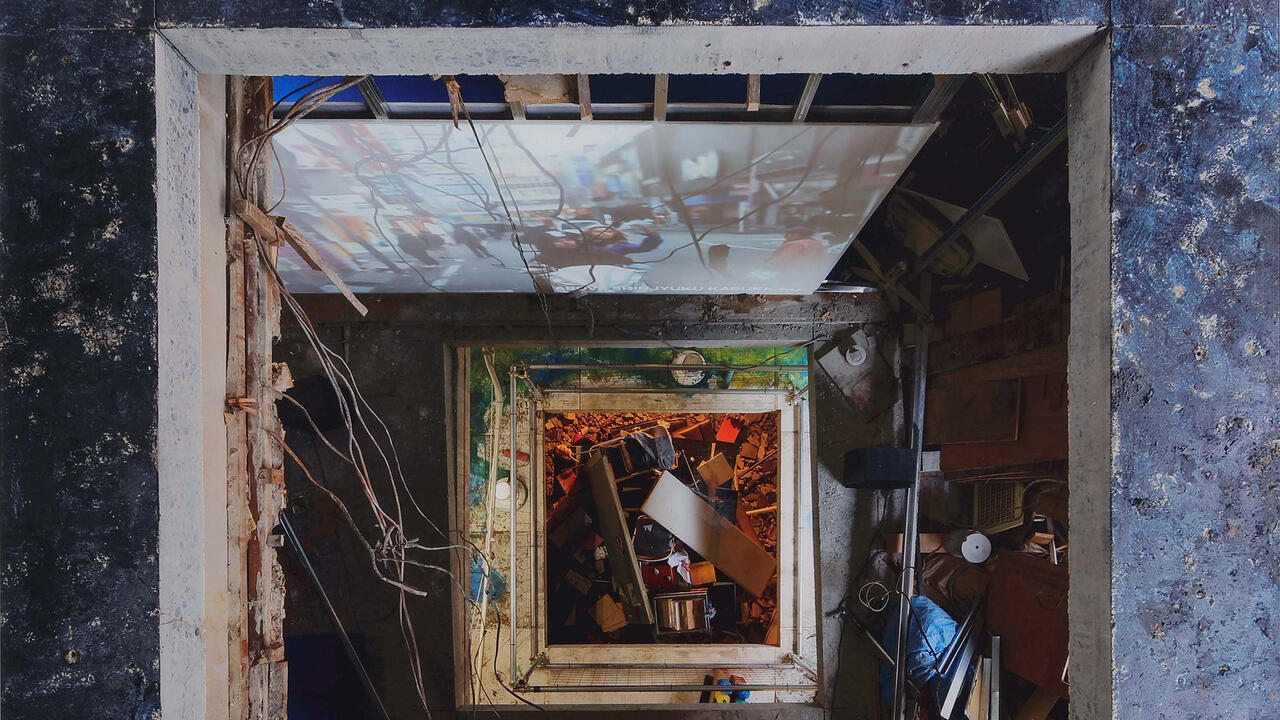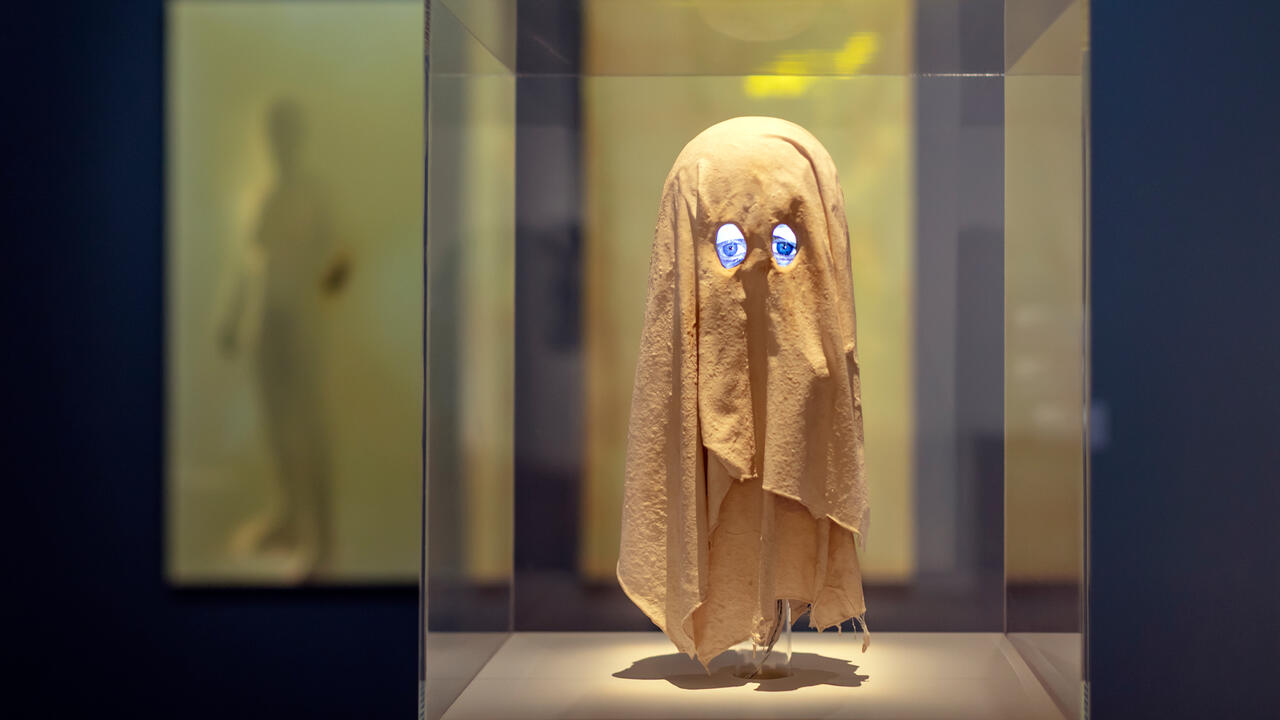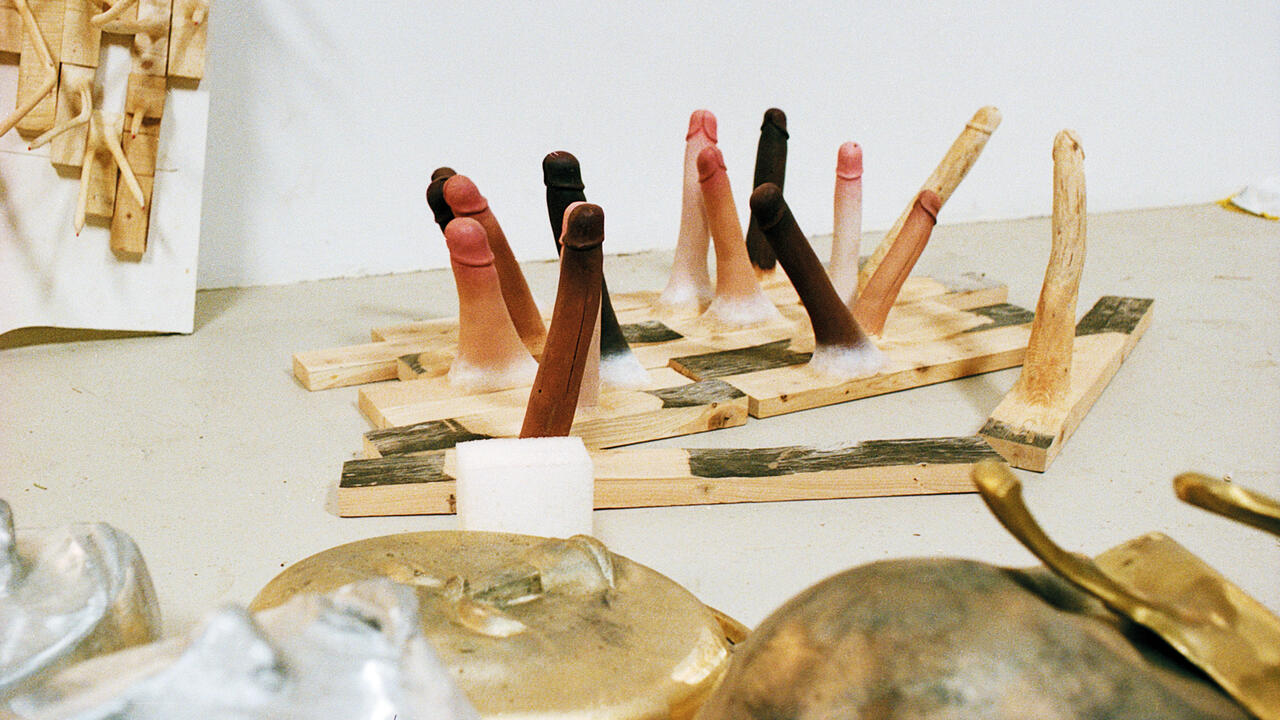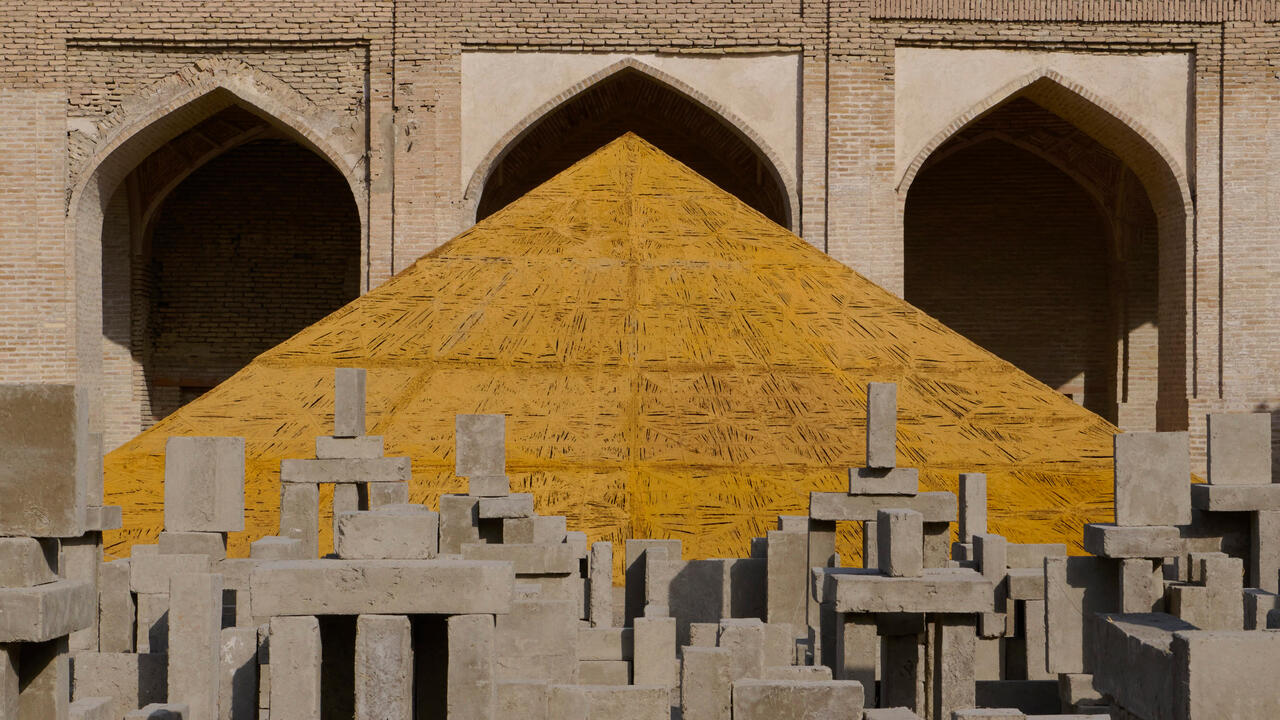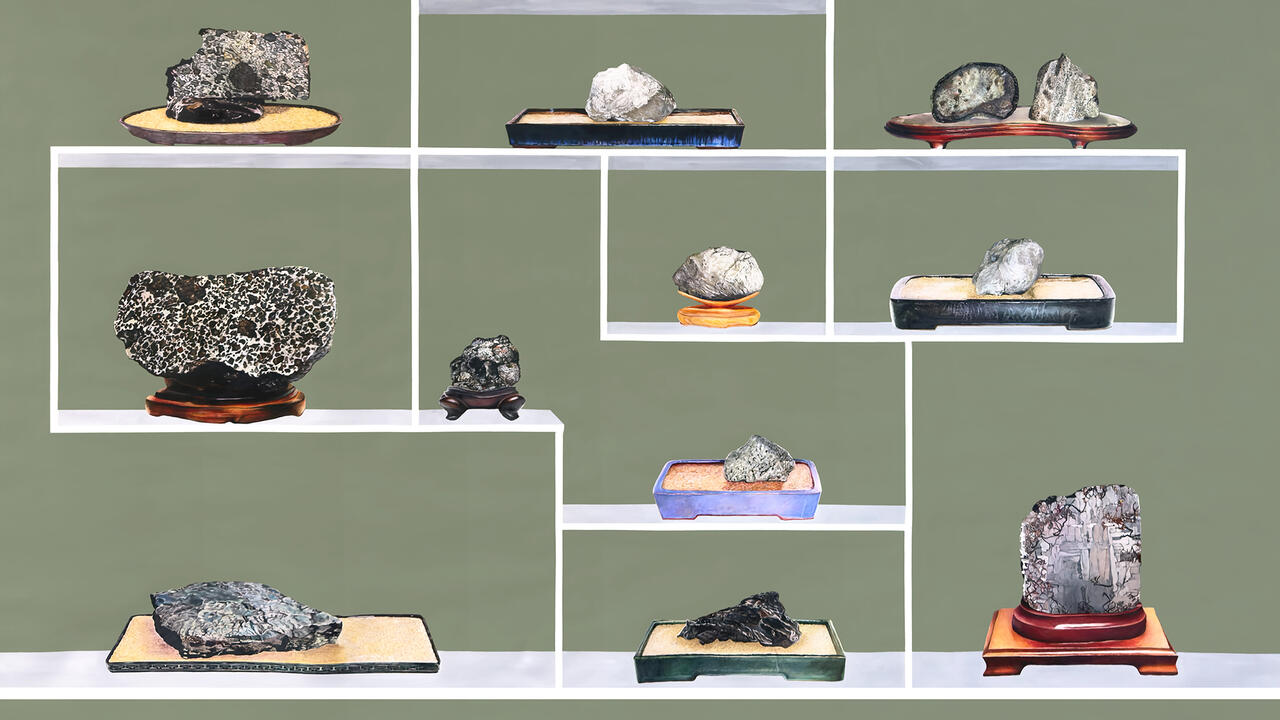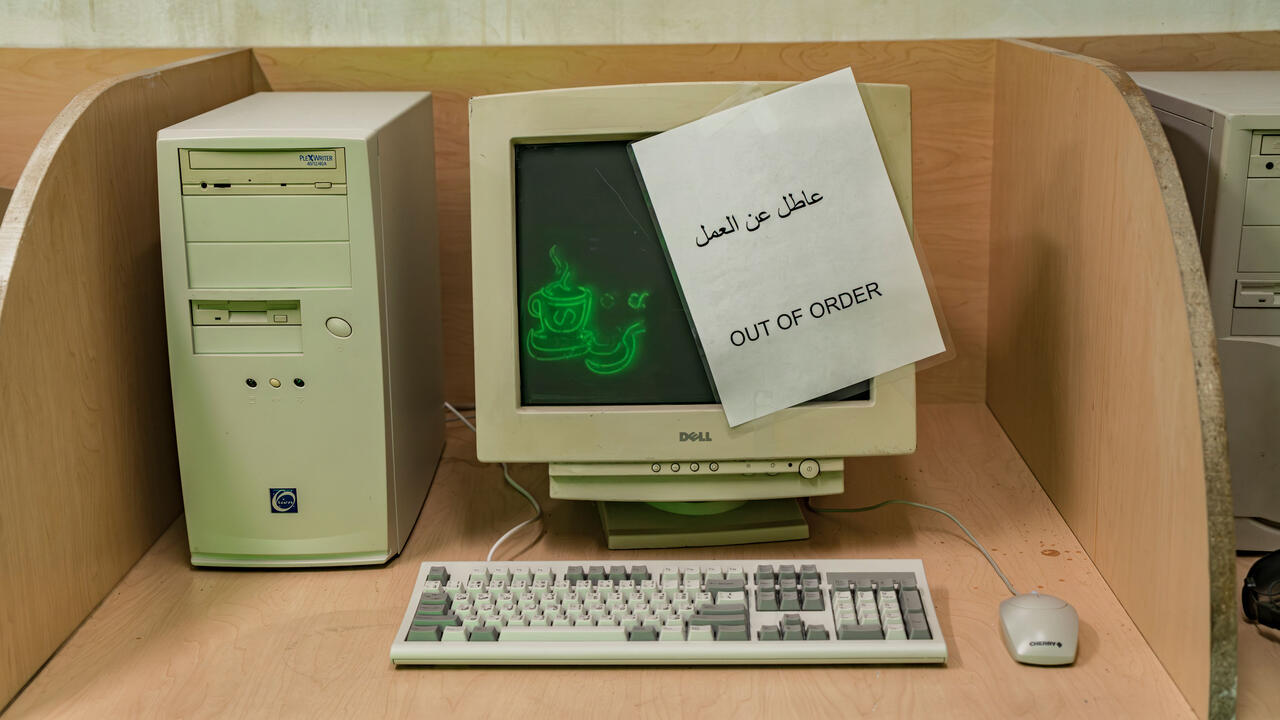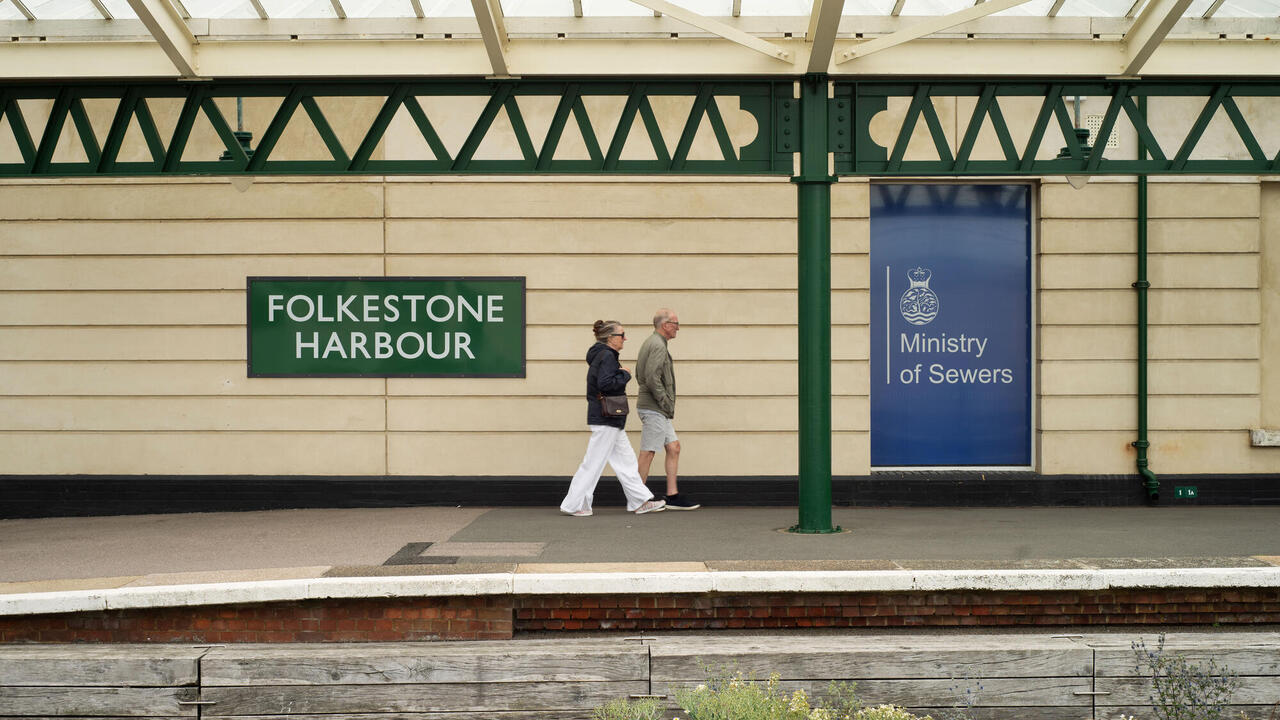Critic’s Guide: Madrid
A round-up of the best shows in the Spanish capital ahead of this year's edition of ARCO, which opens tomorrow
A round-up of the best shows in the Spanish capital ahead of this year's edition of ARCO, which opens tomorrow


Donna Huanca, ‘Lengua de Bartolina Sisa’
Travesía Cuatro
24 February - 29 April
The Bolivian-American artist’s first solo exhibition in Spain is without doubt one of the exhibition highlights during this year’s ARCO, after her impressive performance and show at the Zabludowicz Collection during Frieze London last autumn. Huanca’s work draws attention to the body but specifically to the skin: as a porous contact and exchange surface with the world. Naked bodies concealed under layers of paint, latex and cosmetics activate her installations, unpacking codified cultural gestures through a visceral entanglement of prostheses.
The title of her exhibition in Travesía Cuatro references the Aymara fighter Bartolina Sisa, who led the successful indigenous uprising against the Spanish in Bolivia in 1781. Captured a year later, she was publicly humiliated and executed in Madrid’s Colonial Square (today’s Plaza Murillo, at the south end of the Prado Museum), her body cut into pieces and sent to different villages as a warning. Not to be missed are Huanca’s performances on the nights of the 23rd and 24th to understand what this new chapter will bring forth.

Txomin Badiola, ‘Another Family Plot’
Palacio de Velázquez, Parque del Retiro - Reina Sofía
23 September 2016 - 26 February 2017
This long-awaited exhibition is not a retrospective, but rather a non-linear and pointedly inconclusive anthology of Txomin Badiola’s output. An intricate exhibition display connects multiple installations and works together in a structure which reverberates with historical, and occasionally anecdotal references. Badiola is considered one of the key figures in New Basque Sculpture and, following in Jorge Oteiza’s footsteps, renewed an artistic language advocating a formalism imbued with criticality. The works selected for this show were chosen by artist-friends of Badiola, in collaboration with a group of younger artists, in keeping with the mutual influences and influence his work has taken and shared. The result is a fascinating, complex and at times uncanny experience.
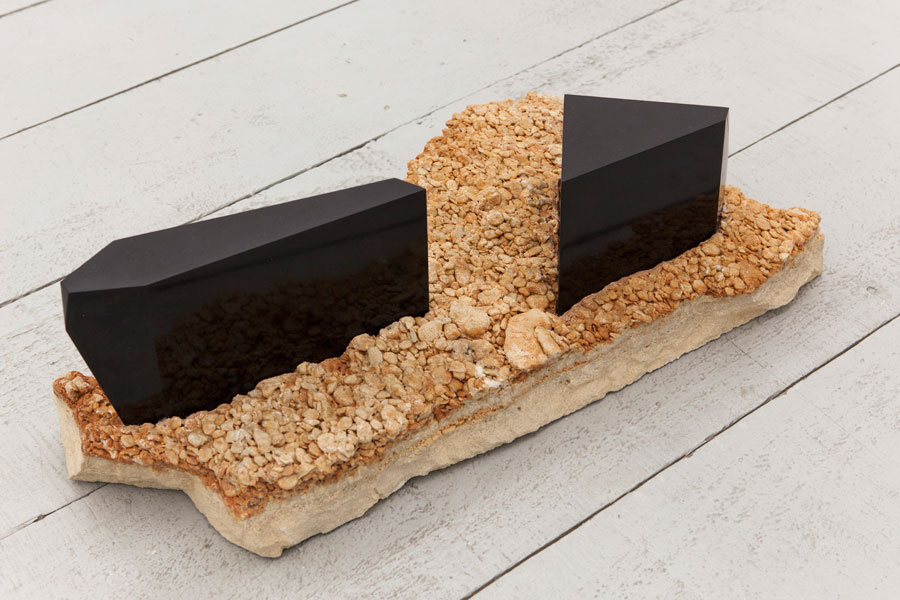
Joana Cera Bernad, ‘Lapso’
Galería Alegría
21 January - 18 March
Joana Cera Bernad’s first solo exhibition at Galeria Alegría (and in Madrid) is a meditation on the entanglements of time and matter. Polished black mineral blocks stand on a stratum of gravel and earth on irregular moss-covered rocks. A one-second hourglass sits adjacent and a miniature marble cabinet presenting different types of crystals invites you to look closer at their striated surfaces. The show holds a delicate play of tensions between the telluric and the artificial and different scales and textures. The works are accompanied by a small poem by the artist, which asks: ‘How much earth fits in a second? And how do you use that given lapse? All earth is sand. Or is it all sand later or sooner or ever.’ Sophisticated and elegant this is a presentation that – like the concepts it explores – has taken time and care.

Antonio Ballester Moreno, ‘Long Live the Free Fields of Spain!’
La Casa Encendida
3 February - 23 April
Perhaps uttered during one of their ‘initiatic’ strolls throughout the countryside outside of Madrid, ‘Long Live the Free Fields of Spain!’ could well be the maxim of the School of Vallecas, the surrealist troupe formed by the painter Benjamin Palencia and the sculptor Alberto Sánchez in 1927. Their aim was to recuperate Spanish art in the face of the seismic forces of the avant-garde that was shaking the rest of Europe by distancing themselves from cosmopolitan centres and instead embrace the sparse Castilian horizon. Nearly a century later, Antonio Ballester Moreno is revitalizing this ethos with a practice that emerges from the interconnected observation of nature. In this show the artist’s large geometric colour field canvases cover La Casa Encendida’s walls, and groupings of minimal sculptures extend over the floor, transforming the space into a single immersive and contemplative installation.

Engel Leonardo, ‘Ansapit’
Galería Formato Comodo
4 February - 31 March
Engel Leonardo’s practice performs a difficult balancing act: synthesizing Caribbean geography and visual culture without reducing its complexity. Research into the craft aesthetics of his native Dominican Republic manifests through several forms. Titled ‘Ansapit’, the Creole name for one of the four main land crossings from Haiti, the show shares the name with a dress piece whose pattern documents the popular architecture of the region. Leonardo’s Vevés paintings made with plantain juice and depicting abstracted voodoo symbols, and his Lista series, which transforms traditional basketwork found in the borderlands between the Republic and Haiti, further explore porous limits: between neighbouring countries, art and design, and high modernism and a craft vernacular.

Pedro G. Romero, ‘Don Dinero Dos’
Galería Casa Sin Fin
21 January - 18 March
‘Don Dinero Dos’ (Mister Money Two) is a retrospective of Pedro G. Romero’s works classified under the entry ‘money’ in the ‘F.X. Archive’, an ever-expanding collection of materials that the artist has built up documenting cases of iconoclasm in Spain during the Civil War. In the exhibition, these situations are related to a concept, an artist, or a broader category of art history. The confrontation between two different visual registers – the destruction of images and the development of visual cultures – results in conceptual analogies, formal relationships, and language games which the artist further relates to intricate histories of currency. For example, Georges Bataille is a machine that transforms fifty-cent coins into images of the Macarena Virgin, who was saved from the fires that menaced the churches of Seville during the summer of 1936. Embodying the logic it explores, copies of several works will be produced and distributed during the run of the show. The exhibition thus becomes a mint, an illegal distribution post, and a broadcasting centre, proposing a parallel economy to that of the concurrent ARCO art fair.

Cabello/Carceller, ‘Draft for an untitled exhibition. Chapter II’
Centro de Arte Dos de Mayo
19 January - 7 May
After the Cultural Wars of the late 1980s, the ’90s in Spain saw a fierce critique of hegemonic systems of representation. It was into this context that duo Cabello/Carceller began their long-running collaboration with work addressing issues of gender, sexuality, and dissident desire. This timely exhibition illustrates their practice of drawing from strategies and vocabularies of political activism to propose a collection of alternative gestures, narratives, and imaginaries. It is especially poignant to note how their work resurfaces the bittersweet reception of Anglo-Saxon queer references in Spain, offering a melancholic counterpart to such works as David Hockney’s swimming pools and Felix González Torres’ lightbulbs.
Other shows in the city:
Bruce Conner
Reina Sofía
22 February - 22 May
Tamar Guimarães
Reina Sofía
28 September 2016 - 13 March 2017
Pere Llobera
F2 Galería
4 February - 18 March
André Romao, ‘Sunrise’
Joaquín García Galería
21 January - 25 March
‘The Edge of a Wound’
CentroCentro Cibeles
17 February - 21 May
Fritzia Irízar, ‘Historia del humo’
NF / Nieves Fernandez
2 February - 14 April
Nicolás Robbio, ‘Exercises on Resistance’
Casa Encendida
17 February - 23 April
Roberto Jacoby, ‘Circuitos Comunicativos’
Galería Bacelos
4 February - 18 March
Oriol Vilanova, ‘Colection XV’
Centro de Arte Dos de Mayo
20 January - 28 May
Sergio Prego, ‘High Rise’
Centro de Arte Dos de Mayo
3 January - 5 March
Fernanda Fragateiro
Galería Elba Benítez
24 February - 31 March
Leandro Erlich, ‘Ephemeral Certitudes’
Fundación Telefónica
22 February - 23 April
Main image: Antonio Ballester Moreno, Sol (detail), 2016, acrylic on jute, 2 x 1.6 m. Courtesy: La Casa Encendida. Madrid








